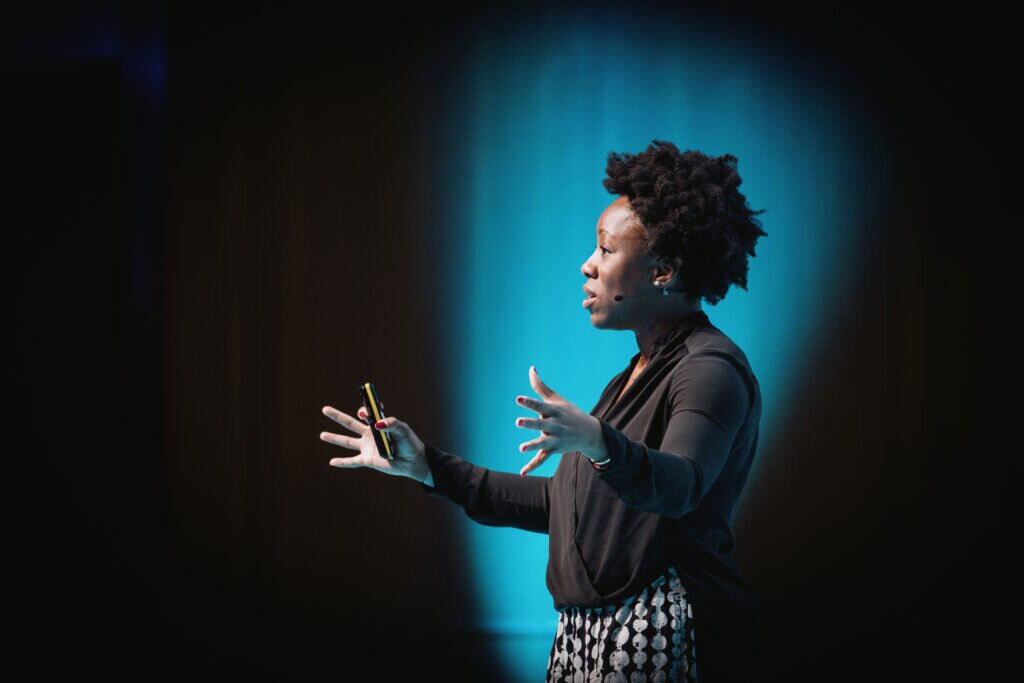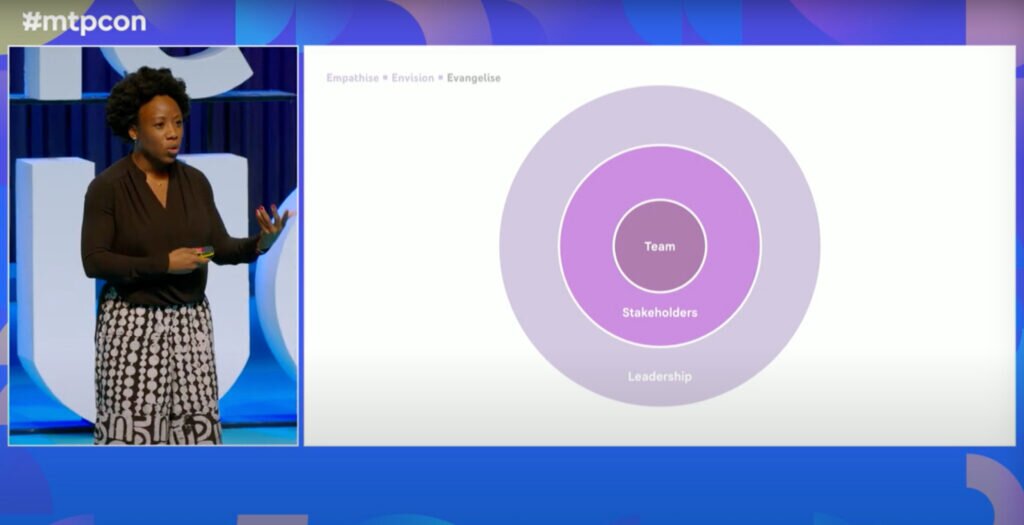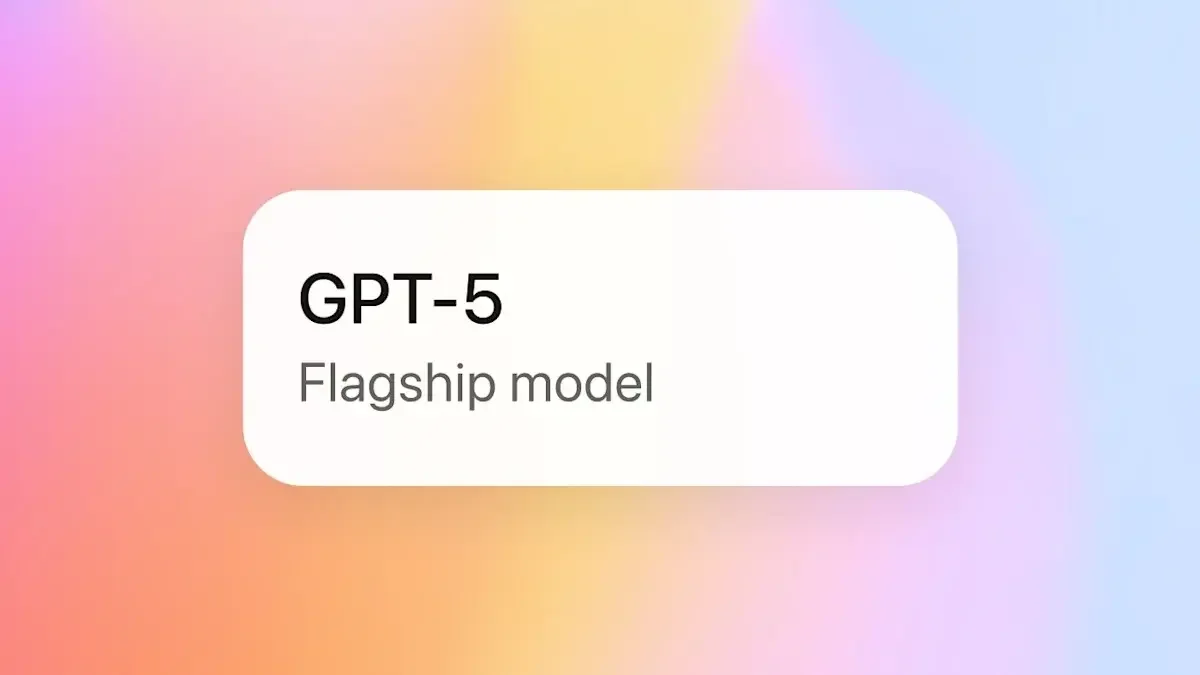How to craft a product vision: Ebi Atawodi at #mtpcon London 2025 (Director of Product, YouTube)
"There’s nothing more magical than coming together as a group to envision something and then seeing it come to life."
Creating a product vision is the backbone of every great product, yet for many, it remains a mystery on how to get started with it. In the opening keynote session at #mtpcon London 2025, Ebi Atawodi, Director of Product at YouTube, set out to demystify it. Read on for some of our key takeaways, or watch the video in full.
Drawing from her time at YouTube and Uber, she shared the playbook she and her team have used to define, align, and execute a product vision that delivers real impact.

Purpose, Mission, and Vision: The trinity of Product Leadership
Ebi began with a fundamental truth: purpose, mission, and vision are inextricably linked.
- Purpose is the why — the reason for existing.
- Mission is the what — the actionable goal that drives daily decisions.
- Vision is the where — the future state you are working towards.
When she joined YouTube Studio in 2022, she followed an onboarding playbook built on three pillars: Conversation, Comprehension, and Conviction. She spoke with over 35 people and heard the same question repeatedly: What is YouTube Studio?
This question led her team into a three-day visioning workshop, the outcome of which was a clear, actionable mission: Expression meets connection.
Building a vision that guides Product Strategy
With the mission in place, the team established five grounding principles:
- Personalised – You are unique.
- Empowered – Putting you in control.
- Supported – Always by your side.
- Connected – Embrace your community.
- Accessible – Everyone can share their voice.
Each year, a product manager takes one of these themes and expands on it in a detailed two-page document, ensuring continuity and alignment across the organization. Strategy then follows naturally from the vision:
- Find your voice — Help creators get started.
- Refine your voice — Enable them to enrich and deepen their stories.
- Sustain your voice — Provide the tools to scale without burnout.
If an idea didn’t fit into one of these buckets, it didn’t make the roadmap. "Strategy is not saying no to horrible ideas. It’s selecting which great ideas you’re not going to do."
Ebi broke down the elements of a Product Vision. She explained how it’s imaginative yet realistic, inspires people, lofty, constraint-free, and finally, informs the long-term product.
The Playbook: Empathise, Envision, Evangelise
Ebi’s playbook for crafting a compelling product vision focuses on three phases:
- Empathise
- Identify the ten most important things you should know about the product space and continuously update this living document.
- Show, rather than tell. Show stakeholders what the vision is instead of trying to convince them.
- Find a single, powerful data headline that encapsulates the problem.
- Explore the broader landscape to understand existing solutions, drawing inspiration even from outside the industry.
- Envision
- "I am only interested in the ideas that become obsessive and make me feel uneasy. The ideas that I’m afraid of." If your vision doesn’t push boundaries, it isn’t ambitious enough.
- Craft an elevator pitch that includes:
- Target user
- User needs
- Key benefits
- Competitors
- Differentiators
- Bring the vision to life with user journeys, mockups, JTBDs and even interactive "concept cars" — fully clickable prototypes.
- Evangelise
- "If you spend half the time on empathising and envisioning, you should spend the other half evangelizing your vision"
- Clarify where you are in the process: are you defining the problem, generating concepts, or validating solutions?
- Take the vision on a roadshow — start with your core team, move to stakeholders, and then present to leadership.
- Break the vision into shippable chunks to ensure continuous progress and credibility.

From vision to reality
Ebi explained that it’s easy to be discouraged when a vision is met with scepticism. However, she stressed: "If no one hates it, no one really loves it." Great ideas should challenge the status quo.
Speaking about this framework with the YouTube product team, Ebi explained that it took 13 months to deliver on Lilan’s product vision, 18 months for Katrine, and just 71 days for Chris. The lesson from this is that every journey is different, but the key is perseverance.
Reflecting on her career, Ebi shared a final thought: "I want to inspire and empower by harnessing the power of storytelling."
So, what’s your story? What’s your purpose? When you walk in it, everything starts to align, she closed.
What was your biggest takeaway from Ebi’s talk? We’d love to hear your thoughts. Email us at editor@mindtheproudct.com to feature your lessons! And as always, stay tuned for more write-ups of our #mtpcon London 2025 keynote sessions in the coming weeks.
About the author

Louron Pratt
Louron serves as the Editor at Mind the Product, bringing nearly a decade of experience in editorial positions across business and technology publications. For any editorial inquiries, you can connect with him on LinkedIn or Twitter.





